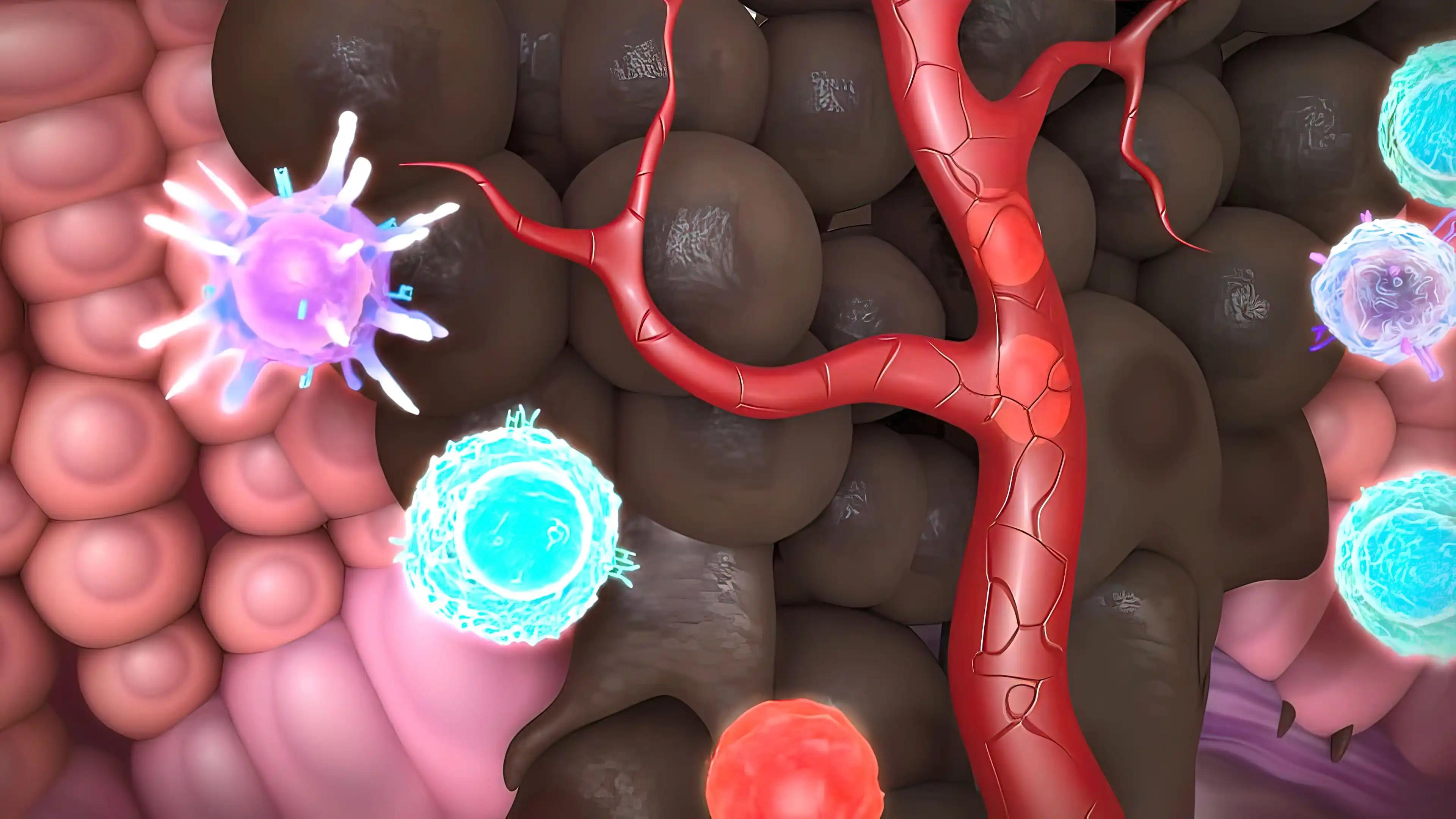KEY TAKEAWAYS
- The study aimed to investigate how the availability of hospitals offering ERCP affects the geographic distribution and usage of biliary interventions in pancreatic cancer patients.
- Researchers noticed that high accessibility increased ERCP utilization for pancreatic cancer patients, and persistent disparities existed for Black patients.
Painless jaundice in pancreatic cancer often necessitates interventions like endoscopic retrograde cholangiopancreatography (ERCP) and percutaneous transhepatic biliary drainage (PTBD). Anna Tavakkoli and her team aimed to characterize the geographic distribution of ERCP-performing hospitals for pancreatic cancer patients in the United States and examine the correlation between geographic accessibility and the prevalence of biliary interventions.
They performed an inclusive analysis, employing a retrospective cohort design utilizing the SEER-Medicare database for pancreatic cancer cases spanning 2005 to 2013. Utilizing multilevel models, the study investigated the association between accessibility to ERCP-performing hospitals within a 30- and 45-minute drive from patients’ residential ZIP Codes and the likelihood of receiving ERCP treatment. The calculation of accessibility measures was executed through a two-step floating catchment area model, considering the distribution across SEER regions for a comprehensive examination.
About 7464 patients underwent ERCP, while 782 opted for PTBD during the study period spanning 2005 to 2013. Across 808 hospitals within SEER regions, 8246 diagnosed pancreatic cancer patients received procedures. Notably, those with high accessibility within a 30- and 45-minute drive to an ERCP-performing hospital were more likely to undergo ERCP (30-min aOR: 1.53, 95% CI: 1.17-2.01; 45-min aOR: 1.31, 95% CI: 1.01-1.70). Furthermore, in the adjusted model, Black patients (vs. White) and patients with stage IV disease exhibited a lower likelihood of receiving ERCP compared to PTBD.
The study concluded that pancreatic cancer patients with heightened accessibility to an ERCP-performing hospital demonstrated a higher likelihood of receiving ERCP. However, persistent disparities were observed for Black patients, irrespective of their access to ERCP-performing hospitals.
The study is sponsored by NIH.
Source: https://pubmed.ncbi.nlm.nih.gov/38400670/
Tavakkoli A, Beauchamp A, Prasad T, et.al (2024). Accessibility to ERCP-performing hospitals among patients with pancreatic cancer living in SEER regions. Cancer Med. 2024 Feb;13(3):e7020. doi: 10.1002/cam4.7020. PMID: 38400670; PMCID: PMC10891451.



